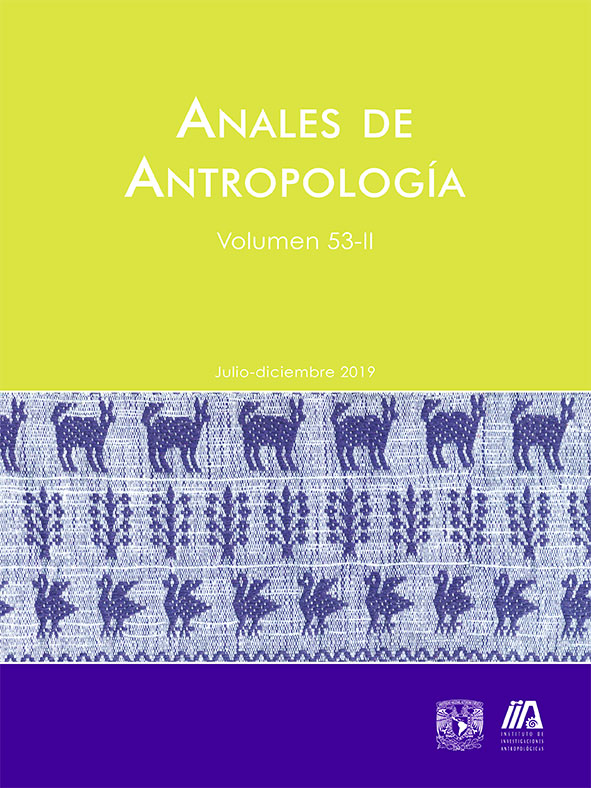Calendars from Xochicalco, Morelos
Main Article Content
Abstract
Xochicalca calendars can be known thanks to the numerous dates that we read in the reliefs of the area. The registration and analysis of the signs has served to complete the sequence of its days and the years that complete the trecenas in the 52-year period, the so-called “Mesoamerican century”. The fact that the signs come from a single site and correspond to the same period makes them a unique source to calendars during the Epiclassic (600 to 900 AD) and a link between the calendars that were used in the center of Mexico during the Classic to the Posclassic periods. In Xochicalco, styles and gra-phic representations of words and ideas present certain artistic eclecticism, a reflection about the influences and trans-regional contacts that characterized that epoch in Mesoamerica. The calendar is not an exception; therefore it helps us to fill in part of the complex puzzle that constitutes the history of Mesoamerican calendars, starting in Teotihuacán, and reaching Mexica and Mixtec cultures, better known due to the codices and writings of the sixteenth century chroniclers.
Downloads
Article Details
Citas en Dimensions Service
Esta revista usa una licencia CC del tipo CC BY-NC-ND 3.0. Se maneja bajo el esquema de acceso abierto, con una licencia Creative Commons Attribution-NonCommercial-NoDerivs 3.0 Unported.
